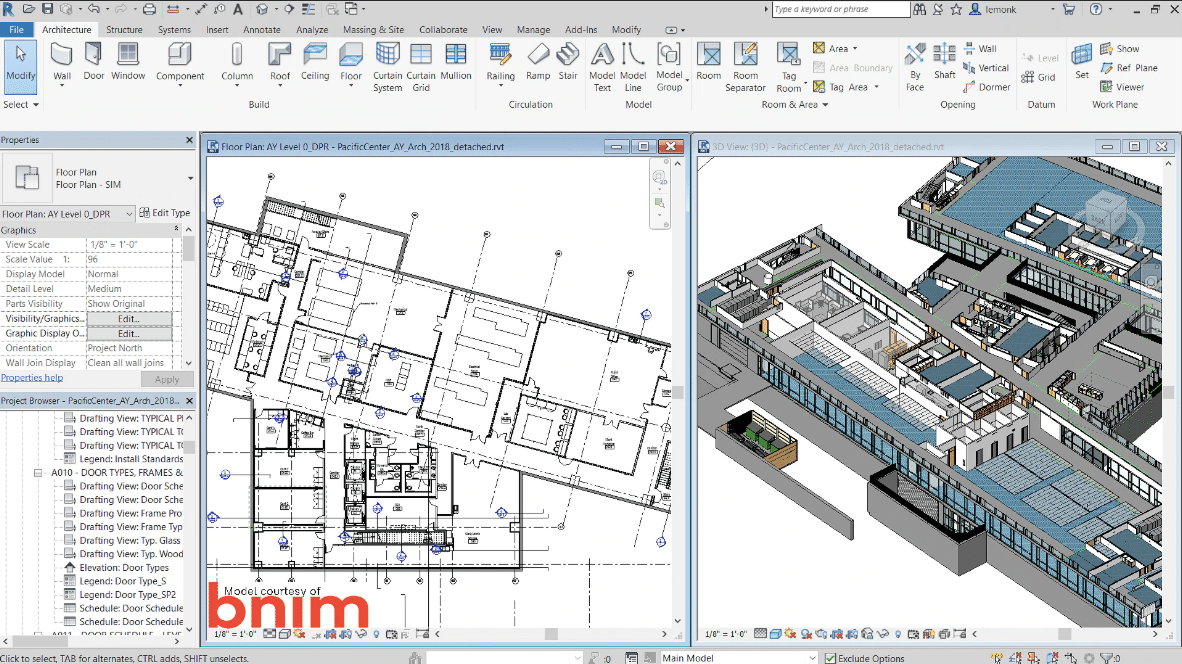

Even the general contractor may use information facilitated by parts, for example to determine the volume of concrete that needs to be poured on site. Architects and MEP engineers can also leverage the parts to coordinate the overall design and to determine which embeds will need to go in the precast elements– requiring factory installation– and which need to go in the cast-in-place elements which need to be delivered on time at the site. The structural detailers can also choose which parts to work with when placing the reinforcement for the precast elements and when modelling for the cast in place layer. Structural engineers can work with the total thickness of the slab to perform the overall structural analysis of the building in its final state and work with the precast slab height only for checking the building for temporary states during the construction process. The Parts of Revit fulfill exactly this role, making it easy for all personas working on the project to find out what is relevant to them. One key driving factor for this is the Parts, which also prove to be important when we think that the precast lattice slabs are actually made of two concrete layers, one that is the precast layer and another representing the cast-in-place concrete, connecting the precast elements altogether. This means clashes are avoided during the design and detailing process and the fabrication process will be less prone to errors, given that all the pieces are automatically included in the bills of materials and in the CAM files.Īnother advantage delivered by Revit as a platform is the ability to look at the model considering the persona and the level of detail that is required. Multi-disciplinary coordination is one such important action and the easiest way to imagine this related to the lattice girder slabs is the automatic addition of all MEP embeds, like sockets, in the corresponding precast assemblies. This new version of the Precast for Revit app now allows precast projects using lattice girder slabs to benefit from –in addition to the automation the app delivers - all of the advantages of the Revit platform. Precast lattice girder slab checked for production using Progress Machinen & Automation AviCAD software, based on a PXML file. Precast lattice girder slab checked for production using Unitechnik UniCADView software, based on a Unitechnik file. Automatic shop drawing sample for a precast girder slab.


The documentation and fabrication instructions of each element can consist of shop drawing, based on predefined customizable templates, and of files, in Unitechnik and PXML file formats. Lattice girder slabs follow the same logic as the existing precast elements delivered by the app in order to drive automatic segmentation, reinforcement and documentation. Now let’s focus on the Precast extension for Revit 2019 app and the new features it deliversįirst, we have the Precast lattice girder slabs which are one of the most frequently used types of precast elements used in precast projects.

Unbounded creativity – being able to spend less time on routine tasks means you can spend more time exploring design and detailing options, to optimize the project.More efficiency – by delivering rule-based processes that require less user input, such as automatic generation of shop drawings.
#Autodesk education revit 2019 download manual


 0 kommentar(er)
0 kommentar(er)
